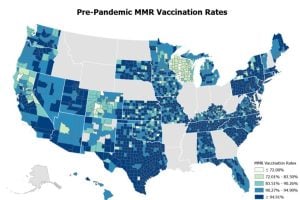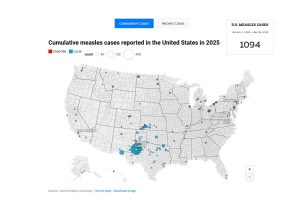Over the past decades, understanding of the biology of human health has increased tremendously, with research and innovation driving exponential growth in the number of new treatments available. Despite this, life expectancy has increased only moderately, and healthcare costs continue to skyrocket.
For example, staffing accounts for more than two-thirds of all medical costs in the United States. In other words, innovations that operate at the intersection of health care and society have not kept pace with the medical science. As new advancements in medical technology and treatments add further options and more complex operational requirements, staffing and facilities operations will only get taxed further.
While faculty members’ research has enhanced understanding in areas as diverse as DNA mechanics and the structural behavior of living cells’ cytoskeletal network, the department also recognizes that human health must be approached more broadly as a complex, connected, and multi-stakeholder system of people, processes, physical facilities and organizations. This means that designing a hospital without regard to the constantly evolving and changing functions within and around it is not only inefficient, but also wasteful. Vaccine distribution without a clear understanding of the relationships between travel and epidemiology both endangers the public and adds unnecessary costs. Poorly designed treatment protocols inflict stress on patients, waste caregiver time, and available facilities.
Departmental faculty are leveraging systems modeling, rigorous mathematically based analysis, and advanced optimization to help transform data into decisions that will ensure healthy and more equitable communities.
RESEARCH EXAMPLES
- Kimia Ghobadi’s research includes the use of mathematical models, optimization, and analytics to solve problems in complex healthcare systems and medical decision-making, including healthcare operations and radiation therapy treatment planning.
- Tak Igusa’s research in public health is characterized by the development of novel quantitative models that incorporate mechanistic and behavioral rules into a rigorous statistical form. Applications include the design of health-promoting interventions for severely mentally ill patients and the study of long-term cognitive impact of mental and physical activities on the elderly.
- Lauren Gardner’s research utilizes integrated simulation and optimization frameworks to solve resource-allocation problems. One application of this work is the development of decision-support frameworks which provide robust public health policies to minimize the risk posed by bio-security threats.
- Stavros Gaitanaros’ research involves biological materials and DNA nanostructures. These nano-architected materials, synthesized through molecular self-assembly, have great potential as drug-delivery carriers, as well as nanoscopic sensors for cell mechanics.
- James Guest’s research seeks to generate new design concepts that enable improved health and regeneration, including patient customized orthopaedic implants and scaffolds.
- Ben Schafer’s research extends to a variety of health-related problems where structural stability plays an important role in response, including the stability of human bone and cytoskeletal networks.
- Michael Shields’ research on modeling and simulation of stochastic processes has abundant applications in medical systems, such as ER and OR operations, where healthcare providers face uncertain, non-stationary, time-varying demand.
Global COVID map creator Lauren Gardner and data lead Beth Blauer say scientists can reclaim public standing with better communication -



